Scientific ways to overcome fatigue: nootropics, coffee and neurotechnology

I recently noticed that I was tired of being tired. But can this be fixed? I often drink a lot of coffee - it helps, but not for long. Is there anything else equally effective? In general, after these thoughts came to me, I decided to dig into scientific literature: what is known about proven tools for dealing with fatigue. How do biohackers fight fatigue? Here I will share a personal investigation of what scientists are publishing about dealing with fatigue.
In recent years, more and more scientific research has been conducted that studies the ability of various pharmacological stimulants (for example, modafinil, methylphenidate) and neurotechnologies (for example, electrical brain stimulation) to improve human cognitive abilities. Of particular interest are those of them, in which improvements are achieved not for medical purposes (treatment of dementia, depression, Alzheimer's), but in healthy people .
The initiators of such studies are, as a rule, the armed forces, and they are initially carried out to optimize professions that require special concentration and endurance: pilots , infantrymen , drivers . There is, however, a whole community of biohackers (or even “neurohackers”), who immediately take such technologies “into service” and begin to use them independently at home.
I decided to find out what scientific evidence exists for the effectiveness of various approaches to dealing with fatigue; find out which biological mechanisms underlie them; and also - try to quantitatively compare these approaches with each other and find out what side effects they may have.
How is vigor and productivity evaluated in scientific research?
The classic tests for vigor and performance are tasks for the so-called "visual alert". Subjects look at a screen where a certain stimulus periodically appears, and should respond to it as quickly as possible by pressing a key.
One example is Mackworth Clock Vigilance Test, during which a point moves clockwise on the screen, and when it jumps to two positions at once, the subject must press the button as soon as possible:
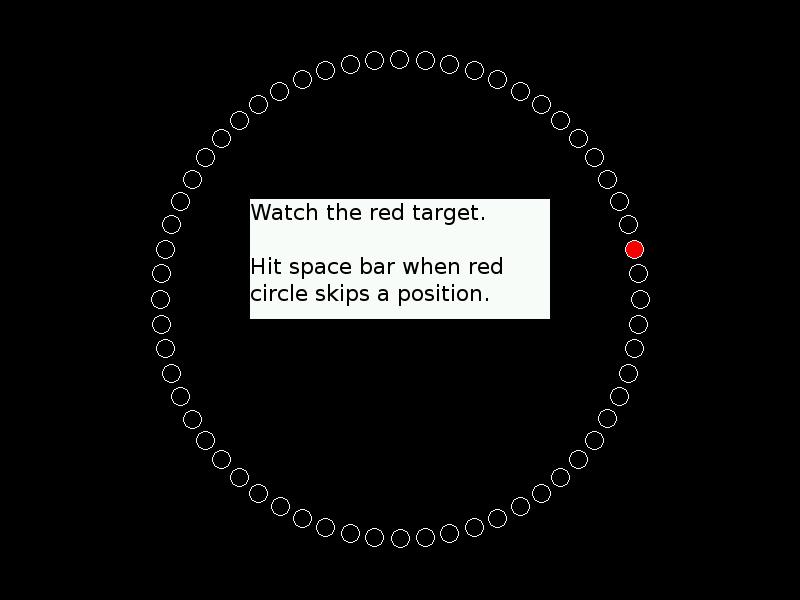
Another common test is the Psychomotor vigilance task. It just needs to press a button as soon as possible after a certain signal appears on the screen (point, or number):

This test, by the way, is traditionally used by crew members at the International Space Station for continuous monitoring of their own condition and makes it possible to evaluate the ability to maintain attention and to identify possible sleep disorders.
The meaning of these tests is that the person must perform them for a long time, and as the task progresses, care will inevitably fall, and the accuracy of the tasks will decrease. In particular, fatigue and lack of sleep adversely affects the test results. And, accordingly, scientists are testing drugs and technologies that allow to remain vigilant when performing this task from beginning to end.
Now we go to the actual stimulants.
Nootropics
The most common way to improve the cognitive abilities of healthy people is the use of nootropics. All of these substances originally came from psychiatry, where they have been used for decades to treat ADHD (attention deficit hyperactivity disorder), narcolepsy (sleep disorders), Alzheimer's disease, and depression. Using them for non-medical purposes was called “brain doping,” “smart drugs,” and so on.
Some nootropics are allowed and sold in pharmacies without a prescription (for example, glycine), but as far as nootropics used for fatigue are concerned, I will immediately say that they are all banned in Russia. However, this does not prevent to tell about the experience of scientific research of these substances and the history of their use in everyday life.
Nootropics used for fatigue include psychostimulants (for example, amphetamines, methylphenidate), modafinil, anti-dementia drugs (acetylcholine esterase inhibitors, memantine), and anti-depressants (selective serotonin inhibitors). From the entire list, psychostimulants and modafinil demonstrate some effectiveness (confirmed by scientific research). It is necessary to point out that doctors warn against the use of these substances by healthy people because of possible side effects, which does not interfere, however, specifically apply them for the military, pilots and drivers.
To improve the performance, vitality and attention most of the parts are used (both in scientific research and biohackers) modafinil, methylphenidate and amphetamines. They are actively used by people of intellectual labor, creative professions, the military and law enforcement officers (and the latter are often mandatory). It is possible that the largest audience of nootropics are students. For example, they are used from 5 to 15% of all US students (and according to some, much more). A study conducted in one of the French colleges revealed that 67.4% of students had used at least one stimulant over the past year.
1. Modafinil
Modafinil is perhaps the most popular stimulator among biohackers. It was developed in France in the 70s to combat narcolepsy (which is characterized by increased and uncontrolled drowsiness), since it has a strong stimulating effect on the nervous system. He is now approved in the United States for the treatment of sleep disorders associated with shift shifts, and is often prescribed by doctors for the "owl" syndrome. In addition, in a number of countries - in the USA, Canada, France, India - at various times it was used to increase the efficiency of military and even astronauts at space stations.
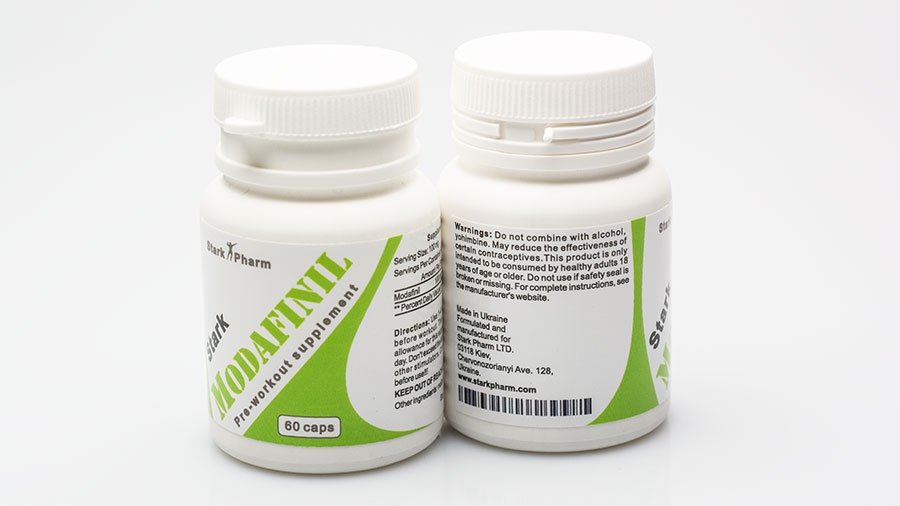
The use of modafinil retained the performance of pilots who were deprived of sleep for 37 hours, and increased the accuracy of flight control by approximately 27%, compared with placebo, without any significant side effects. In addition, modafinil is used by Canadian astronauts during long missions on the International Space Station. It is “available for the crew to optimize performance with fatigue,” helps with interrupted circadian rhythms and reduced sleep quality among astronauts. And in Maryland (USA), modafinil is even provided to law enforcement officers during large-scale and lengthy police operations.
Analyzing the scientific literature, I really found that modafinil increases productivity in case of fatigue and lack of sleep, which is confirmed by a number of studies .
For example, in 2000, a double-blind, placebo-controlled study was conducted , showing that modafinil significantly increased the vigilance of pilots in a lack of sleep on the flight simulator model. It was a small experiment in which 6 people participated, who were tested on a virtual model of a helicopter. Before the start of the tests, they did not sleep for 40 hours in a row. It was found that taking three doses of 200 mg of modafinil increased vigor in 4 out of 6 people, which was demonstrated by the results of testing on a video simulator, and a decrease in slow-wave activity in the EEG, and was also expressed in the subjective opinion of the pilots regarding their condition. In this study, however, modafinil intake was accompanied by several side effects: dizziness and nausea.

Several other studies already on a greater number of subjects confirm the “invigorating” effect of modafinil on people who have been deprived of sleep for a long time. For example, Canadian scientists have demonstrated that modafinil improves self-control of volunteers who have not slept for 64 hours (41 people participated in the study). Similarly, it was demonstrated that admission of modafinil by the Canadian military improved their response, logical thinking, and also raised their spirits in the situation of a 47-hour lack of sleep. Improvements were long and lasted for 6 hours. Moreover, the greatest effect was observed in the early morning, when fatigue reached the highest values.
However, whether modafinil is effective for people who do not suffer from lack of sleep is a much more controversial issue. Several studies have been conducted that demonstrate that modafinil can improve the results of several cognitive tests for reaction, visual memory, and spatial thinking. However, other studies show that the effect of modafinil is indistinguishable from placebo.
With regard to modafinil's mechanisms of action, then, despite widespread use in humans, they are rather vaguely studied. It is known that it contributes to an increase in the brain level of many neurotransmitters (substances that provide signal transmission between nerve cells): norepinephrine, dopamine, serotonin, glutamate and histamine and reduces the level of the inhibitory neurotransmitter GABA. The ability of modafinil to invigorate and reduce fatigue appears to be associated with effects on the hypothalamus , leading to secretion of the nervous system's mediator, histamine. In addition, some studies show that it stimulates the formation of new neurons in the hippocampus.
Although modafinil is considered a relatively safe brain stimulant, its many side effects include severe allergies, including mouth ulcers, insomnia, and serious psychological effects such as irritation, dizziness, and headaches. However, if you look at the statistics, from the beginning of its sales in 1998 to 2007, the FDA registered only 6 cases of severe adverse skin reactions associated with modafinil. At the same time, more than 1,050,000 people took the medicine. Studies of modafinil have not confirmed the existence of any dependence and the presence of "withdrawal syndrome".
Modafinil is relatively easy to buy abroad, for example, in the United States and in Ukraine it costs between $ 30 and $ 60 per month. In Russia, it has been banned since 2012, because it has not passed the registration of the Ministry of Health as a medicine. At the same time, it is still being sold by sports nutrition stores, positioning as an energy drink, at about the same cost.
2. Methylphenidate
Methylphenidate (Ritalin) is also one of the psychostimulants and, by analogy with modafinil, is used to treat ADHD in children. This drug has consistently attracted public attention, as it is most often, compared to other nootropics, used by students to prepare for exams, especially in Europe and the USA . Interestingly, it is his widespread use of biohackers that stimulates the conduct of new scientific research, which, however, most often agree that the data on methylphenidate are too contradictory to arrive at an unequivocal conclusion about its effectiveness.
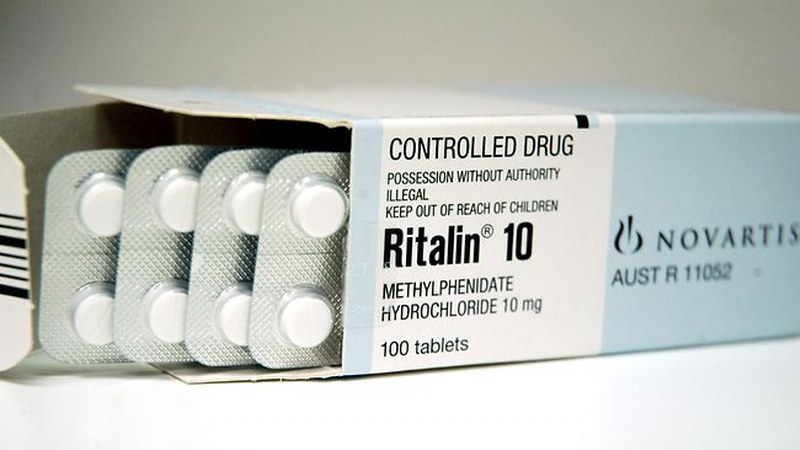
Delving into the scientific research of methylphenidate, you really notice that some articles contradict others and subsequent experiments refute previous ones. For example, a double-blind, placebo-controlled study by Cambridge scientists on young healthy people (who did not experience a lack of sleep) demonstrated that methylphenidate intake improves spatial thinking and planning ability. However, the second intake of methylphenidate in the same study worsened the performance of the same people, making them significantly lower than that of the placebo group (who took the emptying pill). In a similar study in the elderly, methylphenidate intake did not improve working memory and ability to sustain attention.
Regarding the ability of methylphenidate to maintain vigor and fight fatigue, there is the same confusion. Several studies show that it is effective. Others that - no. A recent meta-analysis of 2014, which analyzed 56 methylphenidate studies, found that only in 29% of scientific papers this drug was able to increase the vitality of the subjects. In addition, it is important to note that all these studies were conducted on people who did not experience a lack of sleep. And on sleepy people, it does not work .
The biological effect of methylphenidate has been investigated only in general terms. It is an analogue of amphetamine and raises the extracellular level of neurotransmitters norepinephrine and dopamine in the brain . It is believed that increasing the level of norepinephrine leads to an increase in vitality, vigilance, research, attention and does not affect mood and blood pressure, and dopamine improves attention and motivation and generally leads to increased motor activity. In addition, dopamine is an important element of the "reward system" of the brain, causing a feeling of pleasure. It is he who leads to the emergence of pleasant sensations during sex, eating delicious food and pleasant bodily sensations.
Methylphenidate is well tolerated by the body, but serious side effects are still possible. Anxiety and insomnia occur most frequently, but they can be avoided by decreasing the dose. Allergic reactions, anorexia, nausea, dizziness, headache, depression and cardiovascular problems are also possible. And taking a high dose of the drug due to its stimulating effect can lead to the development of psychosis. It is also frustrating that the drug can be addictive.
In general, the effectiveness of methylphenidate seems scientifically doubtful to me. Studies show that it is almost certainly ineffective in reducing tiredness when lack of sleep, and its ability to invigorate an ordinary person is denied 71% of the experiments performed.
3. Amphetamines
Amphetamines are widely known for their narcotic properties, but they are also well-known medicines and are widely used in medicine - especially for the treatment of ADHD and narcolepsy. The history of amphetamines is rather turbulent, they hit the market as early as the 1930s, however, oddly enough, as a remedy for the common cold called Benzedrin. In 1937, amphetamine salts began to be sold as a cure for narcolepsy, Parkinson’s disease, depression, and also as a means for losing weight.
And during the Second World War, amphetamines were used by the armed forces of the belligerents to help personnel do some time without sleep. After the war, amphetamines began to be actively used as drugs (Japan was particularly successful in this), and in the 80s they were banned. However, the effectiveness of amphetamines inspired scientists to search for analogues, which became modafinil and methylphenidate. However, after a while they were also banned.
Amphetamines themselves, oddly enough, have been studied by scientists for many decades (including healthy people) and continue to be actively studied to this day. In 2017, Californian scientists investigated the ability of d-amphetamine to increase the efficiency of performing tests that require long-term maintenance of attention. During such tasks, subjects should respond by pressing a key to the appearance of a specific stimulus on the screen (for example, to the appearance of the letter “X” after the letter “A”):
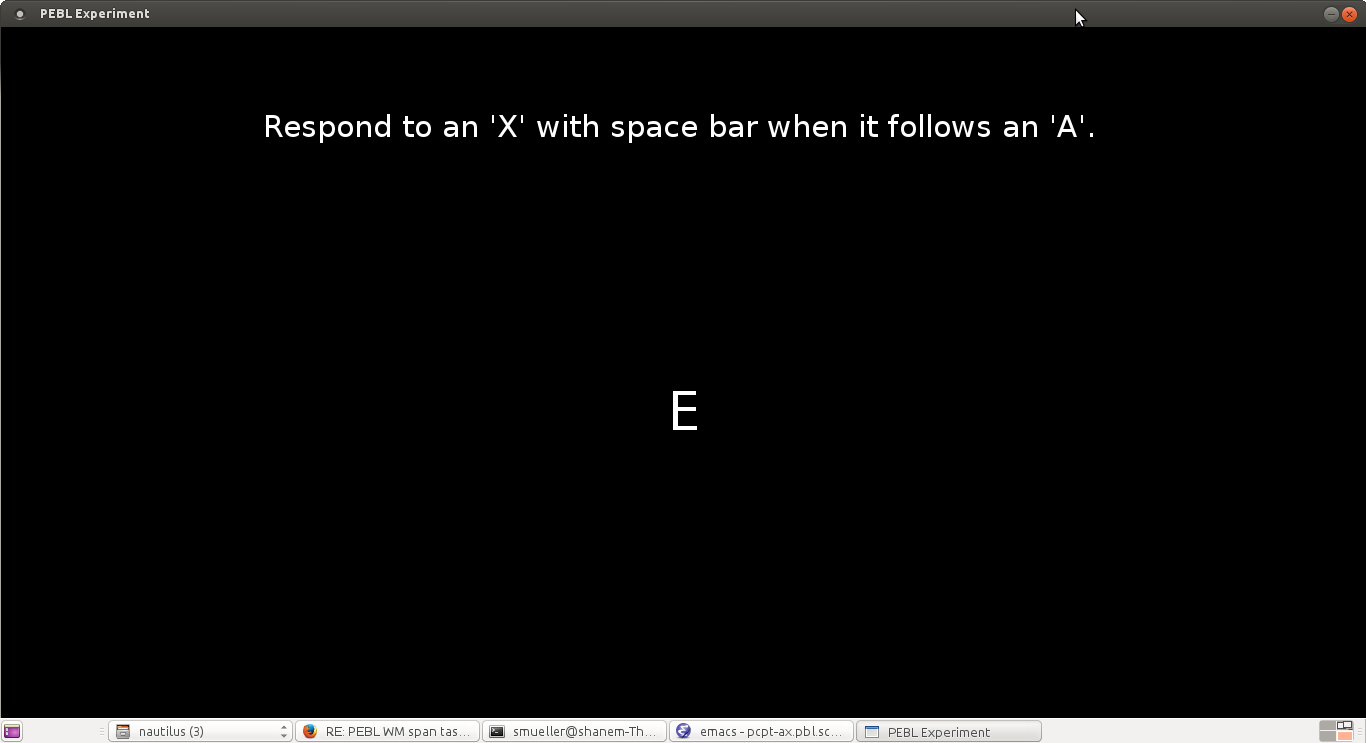
It turned out that taking a small dose of amphetamine (10 or 20 mg) led to the fact that the effectiveness of the task did not fall with time, which is almost impossible without additional stimulation of the brain.
It is surprising that at the dawn of amphetamine research - experiments with its use were carried out even in children. For example, in 1978 a study was published in the leading scientific journal Science, in which d-amphetamine improved attention in the test for vigilance in boys aged 10-11 years. Subsequently, these results were repeated in studies already in adults with a much larger number of participants.
Interestingly, a comparison of the effects of amphetamines and modafinil on maintaining vigor and performance showed that both of these substances are equally effective. However, unlike amphetamine, modafinil evoked a high degree of self-confidence in the subjects.
The biological effect of amphetamines is broadly similar to that of other psychostimulants and is associated with an increase in the release of norepinephrine and dopamine . However, its side effects are much stronger than those of the nootropics described above. In addition, its strong euphoric effect predisposes to receive large doses, and overdose can even lead to death. Visual and tactile hallucinations and anxiety states may appear in response to the intake of these substances. On the part of the cardiovascular system, frequent manifestations are tachycardia and high blood pressure.
To summarize what was said above about nootropics, then modafinil seems to be an effective and fairly safe means of increasing vigor in the state of lack of sleep, methylphenidate is scientifically ineffective, and amphetamines are well stimulated, however, their strong narcotic properties and ability to cause addiction are of concern. From this set only modafinil seems promising to me. Apparently, it is only gaining popularity among biohackers and it is possible that its use will become widespread in the near future.
Nootropes or coffee? Performance comparison
And now the fun part!At some point, I caught sight of several articles that compared the cognitive effects of nootropes (modafinil and amphetamines) and coffee. I found as many as 5 independent research studies .
For example, in 2005, scientists from the Walter Reed Army Research Institute compared the effects of caffeine, d-amphetamine and modafinil on the ability to maintain vigilance and performance of volunteers who are deprived of sleep for 85 hours. Surprisingly, it turned out that the effectiveness of all three substances was similar. All drugs significantly increased the vigor and response of people in cognitive tests, compared with the placebo control group, but there was no difference between them!
With less severe sleep deprivation (for 44 hours), the effect of caffeine, d-amphetamine and modafinil did not differ either . The vigilance of people in response to taking any of the three substances increased significantly. If lack of sleep reduced the accuracy of assignments by 40%, then the intake of stimulants restored the productivity of people to 90% of the basic level. In this study, however, they found that the duration of the effect differs for three substances: caffeine had the shortest duration (up to 3.5 hours), and d-amphetamine had the longest duration (up to 13.5 hours). Researchers, however, say that drinking coffee once every few hours solves this problem completely.
Subsequently, however, some differences in the action of the 3 substances were still identified.. For example, modafinil is much better than caffeine, improved the ability of sleepy people to perceive cartoons with humor. However, neither caffeine, nor modafinil, nor dextroamphetamine improved the reaction of subjects to verbal jokes.
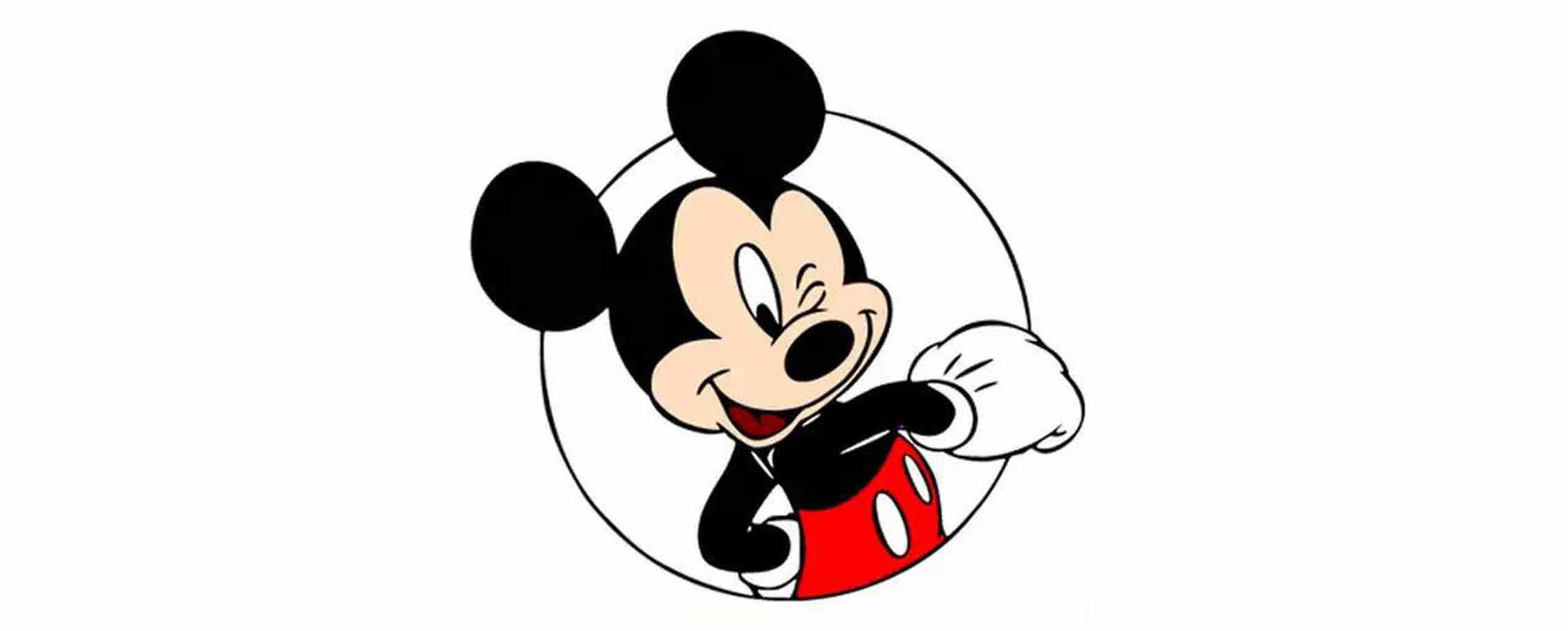
Thus, studies show that the effectiveness of caffeine as a whole is not inferior to the effects of nootropics (in the absence of significant side effects characteristic of them). It is possible, however, that people still prefer nootropics due to the fact that they also cause pleasure. However, to improve the vigor and performance (especially in conditions of lack of sleep), apparently, they are equally suited.
The biological mechanism of action of coffee is significantly different from nootropics. It affects the metabolism of cAMP - a substance necessary for the activation of neurons. Caffeine blocks the action of the destructive cAMP enzyme, which leads to the accumulation of cAMP and contributes to an increase in the rate of reaction to various tasks and maintaining attention. That is, caffeine effectively invigorates, but it does not cause the appearance of very pleasant feelings and addiction, in contrast to nootropics.
Unfortunately, I haven’t met with research on the joint effect of nootropics and coffee, perhaps their combination will have a cumulative effect. Perhaps, I will conduct this experiment myself.
Among the positive effects of coffee can be attributed to the fact that it is a good geroprotector, that is, it slows down the aging of the body. This is due to the fact that heinactivates one of the main molecular pathways of aging - mTOR. In addition, caffeine prevents memory loss due to neurodegeneration.
As for the popular opinion regarding coffee, that it can be harmful to the cardiovascular system, it has not been scientifically confirmed. A meta-analysis of 113 scientific studies has shown that drinking less than 600 mg of coffee per day (which is on average 10 cups of espresso) is not associated with any disruption of the heart. And with regard to the use of a larger amount of coffee - just not enough data.
Thus, scientific studies demonstrate that coffee is invigorating and improves performance not worse than nootropes. The effect is especially noticeable if a person is deprived of sleep for a long time. The effect of nootropics, however, lasts much longer than that of coffee. In an office situation, this problem can be easily solved if you drink coffee every few hours. However, nootropics have a great advantage over coffee if you need to be vigorous “in the field” - for example, for the military, police and drivers.
Electrostimulation of the brain vs coffee
Another scientific way to improve vitality is not related to pharmacology. It consists in the activation of certain areas of the cerebral cortex with the help of weak microcurrents. This approach is called transcranial stimulation with direct current (tDCS). This method came from medicine, where it has been used for 20-30 years for the treatment of depression , neurodegenerative diseases , developmental delays of children .
During the procedure, electrodes are applied to specific areas of the scalp, through which a weak direct current of 2 mA is applied (which is beyond the limits of skin sensitivity). Such an impact slightly shifts the charge of neurons in a positive direction, thereby increasing the likelihood of their excitation.. With repeated use, tDCS changes the structure and density of contacts between nerve cells, having a beneficial effect on the processes of memory and learning.
To me personally, the discovery of the applicability of tDCS to healthy people seems like a big breakthrough in neuroscience. About the fact that you can use tDCS, I have already written several posts .
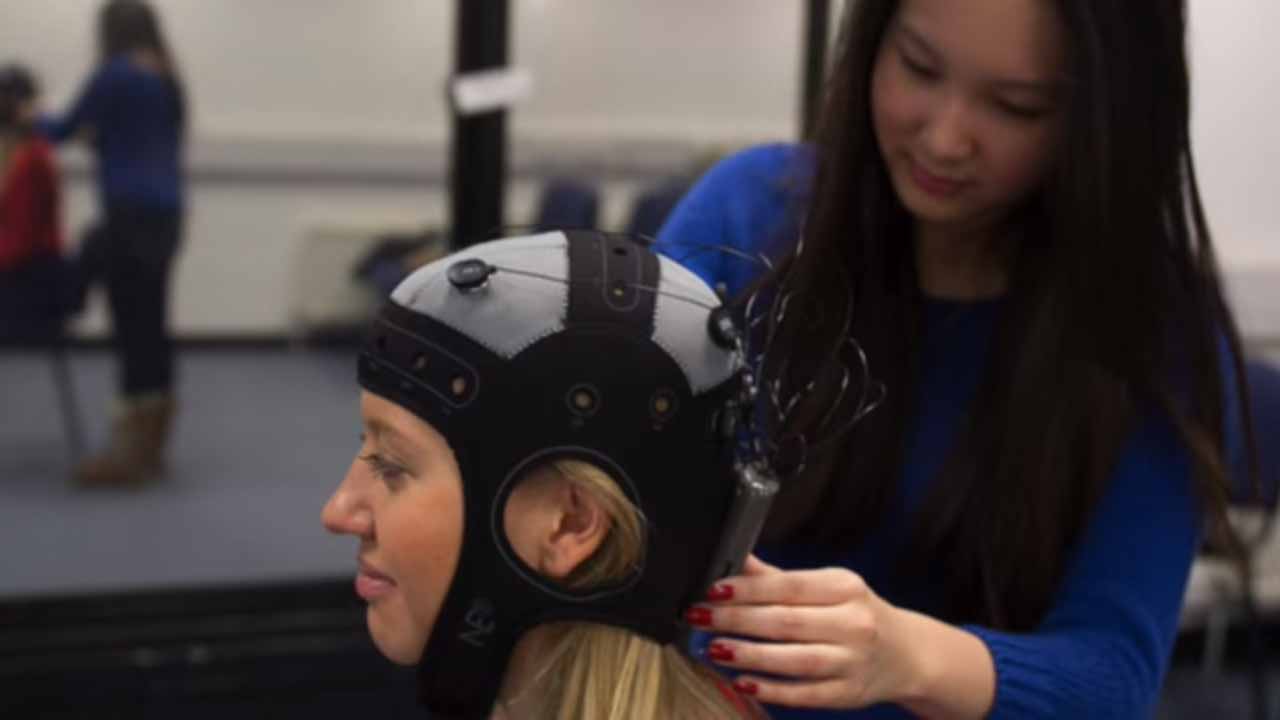
Investigating tDCS for healthy people, as is the case with nootropics, was originally launched by the military. About ten years ago, the American defense agency DARPA first testedtDCS on military infantrymen studying on video simulators, which accelerated the learning process by 2 times, compared with the placebo group. Then electrical stimulation was studied to improve other cognitive abilities of healthy people: concentration , reaction , working memory and learning the technique of movements .
It is known that electrostimulation is used by American military pilots - also to accelerate the learning process, as well as - American athletes of the Olympic team to accelerate the training of techniques of high complexity and increase endurance.
Unlike nootropics, tDCS for healthy people is not prohibited anywhere, and even professional athletes can use it. This is partly due to the fact that, unlike pharmacological stimulants (which can be detected in the blood), the fact of electrostimulation cannot be recorded. In the US, they even produce special Halo gadgets (headphones with integrated electrodes) for professional athletes:

The US military was the first to explore the electrical stimulation of the brain in order to increase vigor and efficiency in conditions of fatigue and lack of sleep . In 2017, American researchers together with military pilots conducted a studyin people who are deprived of sleep for 36 hours. We compared the efficacy of caffeine and brain electrical stimulation. Electrostimulation of the prefrontal cortex, responsible for maintaining attention, managing emotions and planning, was conducted.
The subjects were divided into three groups - some were subjected to a 30-minute electrical simulation, others received chewing gum with caffeine, and the third - placebo-stimulation (placed on the head electrodes, but did not turn on the device).
Cheerfulness and performance of people were assessed in 2 classic tests that require a long maintenance of attention. In the first, it was necessary to monitor the point on the screen, moving clockwise, and press the button if the point suddenly moves not one, but two positions at once. In the second test, it was necessary to press the button as soon as possible, after the signal appears on the screen (see the Section “ How is vigor and productivity evaluated in scientific research? ”).
The results showed that both tDCS and caffeine significantly improved people's response and the speed of the first test. In addition, both coffee and electrostimulation increased the subjective feeling of cheerfulness in people. Interestingly, the effect of electrical stimulation persisted for a very long time - for 24 hours after exposure. The effect of coffee also lasted for a long period - 6-7 hours, which was still 3 times less than that of tDCS. However, the results of the second test improved only as a result of electrostimulation, but not taking coffee. In general, tDCS increased the correctness of this task by 15%, compared with coffee, and the effect of electrical stimulation persisted throughout the 24 hours of the experiment.
Thus, this study demonstrates that tDCS is no less effective than coffee, and in some experiments even overtakes it by the strength of the effect. In addition, electrical stimulation affects the body 3 times longer than coffee. And the fact that tDCS improved the vigor and productivity of people in both tests, and coffee in only one of them, suggests that electrical stimulation seems to act on several cognitive mechanisms at the same time.
The effectiveness of electrical stimulation to increase vigor in case of lack of sleep has been proven in several other studies . It is worth noting that tDCS increases productivity and reduces fatigue, not only in case of lack of sleep. Studies have been conducted in which electrostimulation is no less effective. "cheered up "quite slept people.
The side effects of electrostimulation are much less serious than from the use of nootropics. This is partly due to the more local effect of tDCS - if nootropics affect the whole brain (and the whole body), then with tDCS, a more directed stimulation of a specific brain area (for example, the prefrontal cortex) occurs. Among the side effects are headache, dizziness, insomnia, as well as itching, tingling and burning in the area of attachment of the electrodes. And in case of violation of the order of tDCS and the implementation of stimulation more than the prescribed 20-30 minutes - inactivation (instead of activation) of the stimulated neurons is possible.
As in the case of nootropics, doctors and scientists warnfrom self use of electrostimulation. This is primarily due to the fact that if in scientific laboratories the correctness of the performance of tDCS is strictly monitored, and many biohackers make devices on their own and ignore safety rules.
At the same time, there is already a rather large community of biohackers who use tDCS on themselves. However, they are much smaller than those who use nootropics. In addition, unlike the corresponding nootropics (modafinil, amphetamines, methylphenidate), legally using tDCS is not prohibited (but there is already talk of legal regulation of its use in healthy people) - and non-medical devices for biohackers are made by several companies in the US (" Brain Stimulator "," Brain Driver"), Hong Kong (" Priormind ") and Russia (" Brainstorm ").
In general, brain electrical stimulation is a good alternative to pharmacological stimulants. Their direct comparison was not made, but the comparison of tDCS with caffeine, and of caffeine with nootropics - says that tDCS is not less, and perhaps even more effective, than pharmacological preparations. So, not one of the nootropics has outpaced caffeine in its ability to invigorate and increase alertness, while in some cases tDCS has demonstrated higher efficacy than caffeine. In addition, electrical stimulation of the frontal lobes does not cause a strong feeling of pleasure, unlike nootropics. For some, this may be a minus, but in this case there is no need to fear the emergence of dependence.
Instead of conclusion
Surely there are other scientifically proven recommendations to combat fatigue: regular exercise, exercise and timely sleep. But, unfortunately, such approaches are often not feasible due to the life schedule and weak will power. Therefore, here I focused on what is interesting to me - those technologies that can be used while sitting in a chair in front of the monitor. I think that there will be those who will advise instead of using neurostimulators to engage in strengthening willpower. About those scientifically proven technologies that can help with this, I am just thinking of writing my next post.
And this text may be able to help you save time (and will not let you get tired) if you yourself at some point would like to find ways to overcome fatigue.
All Articles